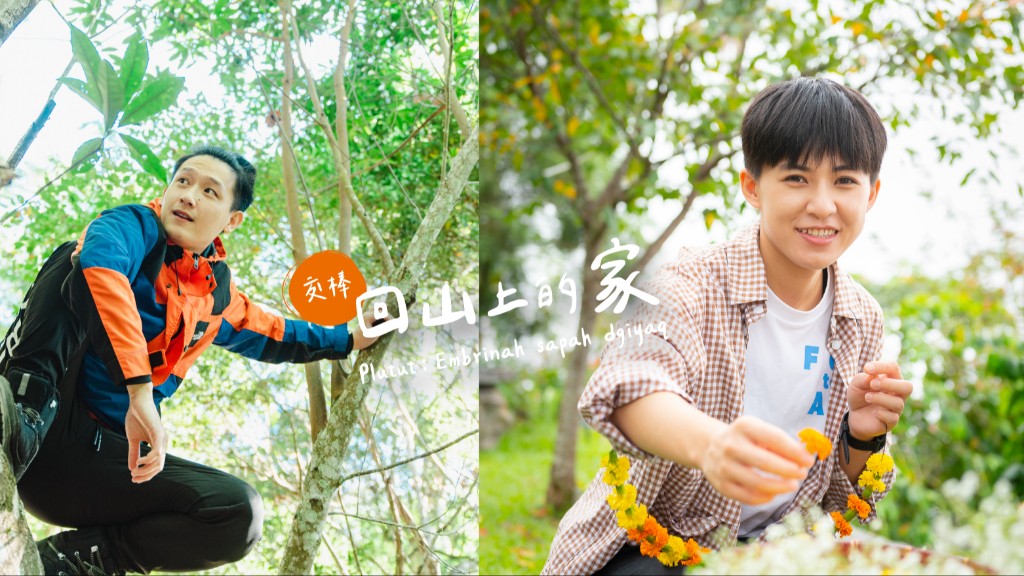ya Thau a lalawa, sa “Zintun” numa “Wazaqan” mulhthkiz tataal zain “Wazaqan” dai. munsai sa Thau a mzai, Zintun miazai sa mita wa Thau a Wazaqan. isa thuini a kawash, ianan sa laturu Tao a ayuzi pasain sa kawi kmalawa shausuunin a ruza, musui Tai-waan a tumbuz makaruza, isa makashpashpat a furaz shaunanai Zintun, masa iamin Thau a ruza musuun makaruza isa Zintun. mutal ianan sa Nan-tua miniahala inai a thau a qbit pasain sa shausuunin a ruza mu’iutu wazaqan a marutaw 748 bii makaruza, numa miasuun makaruza ya tusha ianan pinruza wa minihala inai a thau a qbit, numa ya pasain antu tataal a ruza makaruza, numa mushnaw sa tanatuqash pinruza wa ti-hui numa kazakazash.
Thau manshirshir sa sazum ininthawa numa ianan tata wa kazakazash── ya Matansuun mashtay sa Thau pintuza pulalu sa tuza, maqa Zintun a tuza wa rusaw mathuaw muribush, numa tuza madaqri ya sakpin, antu pasapuk ya smapuk; ya uka sazum, numa ya mapanduu sa maqarman amungkaruz isai pruq. numa sa Thau pintuza pulalu, afuilh tanatuqash pimbahiwan iamin Thau a azazak miazai mapuzi a tuza shduu ya madaqri numa marumiz dai.
thuini puhubuqiza wa qali, Zintun uka sazum, mathaw mashtay a thau masalpu, kanuniza munsai sa Thau sa maqitan a kalawan. maqa ya Lit-puun niwan tu kmlawa sa sui-kuu ya isisua, Zintun a sazum antu ya marutaw; numa thuini shqayqaiza sa sazum, isa Zintun manshirshir a pruq itia sa patilhaz, numa puhubuqiza lhmir, naur uka sa ribush apuhubuqiza, numa Zintua tataal tu kahiwan. mathuaw maqitan dai, maqa thuini a ruza antu shduu makaruza, numa kilhnaqualh a thau antu munai, numa isa hudun a lhkaribush shduu mutantu sazum a shirshir miqilha sa sazum, shduu mani ya inai a pruq pangqaiza.
Tai-waan sa hai-tau a katataunan, inai katataunan a Wazaqan mathawa maqitan ya riqazan, ani sia-po-kui numa kilhnaqualh a taun tu pakdup inai a maqitan a Wazaqan. mathuaw manasha wa thau kurubuzin sa izai a sazum, numa thuini a Wazaqan sa thau amara u’araan tuali a aniamin. iamin sa inintusi Wazaqan a thau, tiakaiza shduu ya sunda wa ininthawa izai Wazaqan a pruq?
In the Thao lexicon, Sun Moon Lake and the sea are both called “wazaqan”. For the Thao people, Sun Moon Lake is like the sea. This year, three Tao Kuroshio Warriors sailed a tatala on a trip around Taiwan. In August they brought their traditional fishing canoe to Sun Moon Lake and met two Thao canoes, marking the first time our traditional Austronesian boats were paddled at 748 meters above sea level. Through boats and shipbuilding traditions, the two peoples came together to experience the wisdom and culture of their ancestors.
The Thao people, who live near water, have a tradition of sacrificing white eels as an offering to their ancestors. The white eels of Sun Moon Lake are strong and resilient; they can escape predators with their slippery mucus and hide in soil when in danger or water levels are low. The Thao people pray to their ancestors to protect their children so they may be as strong and adaptive as the eels.
Earlier this spring, falling water levels at Sun Moon Lake caused public outcry, but this was good news for the Thao. According to them, water levels were not high before the Japanese built water conservation facilities in the area. As water levels dropped, soil at the lake’s shore was exposed to the sun, and plants began to grow. The Sun Moon Lake of our memories came back to life. More importantly, sightseeing boats were forced off the lake. Tourists stopped coming and wild animals quickly returned to drink. The land was given a chance to breathe.
Taiwan is an island country. We should keep our minds open and not let breakwaters and tourist hotels ruin ocean views. With manmade structures interfering with the flow of water, natural resources have become an accessory to economic development. We’re an ocean people, but when can we truly approach the ocean at all?
naur kazash a kalangkan
CEO of the Indigenous Peoples Cultural Foundation







